Why do so many managers and safety professionals keep treating the people in organizations as objects to be controlled so they will work safely?
They seem to assume that the employees can’t or won’t think for themselves and have to be made to work safely. These managers and safety professionals are not bad people, but they are stuck in their basic assumptions about people. So many seem to think that they have the answers and the power to make people do as they are told.
Thinking of the people as “employees” is part of the problem. Thinking of people as “employees” brings different thoughts to mind. The word “employee” is a legal word that defines my relationship with my employer with respect to things like hours of work, pay rates, benefits, etc. It also carries some tough top-down implications. If the boss gives an order, it better be done. The boss and the employee are not seen as equals in terms of respect, hopes, aspirations, good ideas and creative energy.
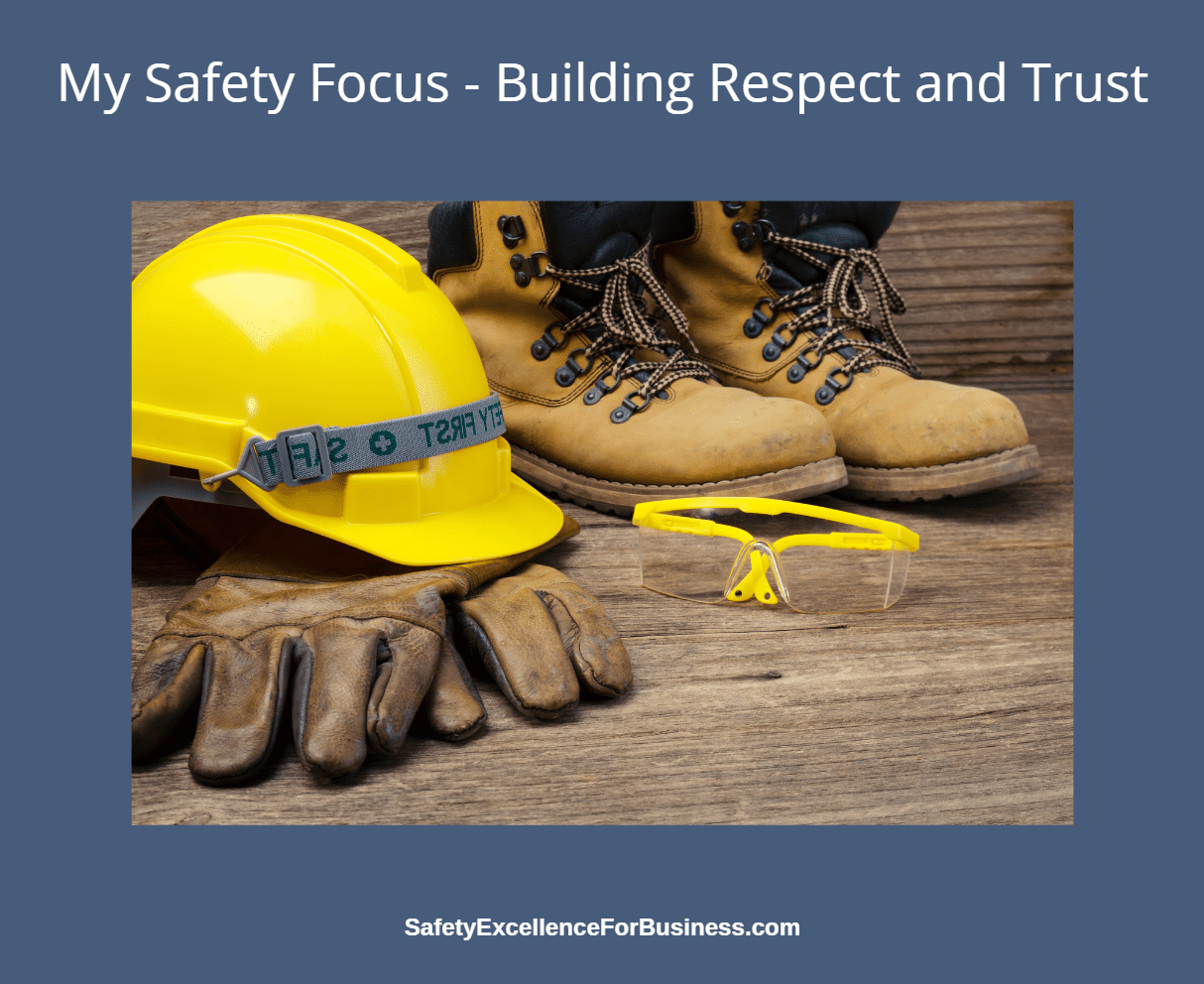
This has been the approach for generations and yet, there are still over 6,000 people a year getting killed at work and thousands are suffering serious injuries. Just using the same approach, with variations, over and over, and expecting to see real improvements is a problem!
There needs to be a fundamental shift to assumptions like these.
My Safety Focus: Building Respect and Trust.
My basic assumptions are:
- We work with people who have brains and can think; their hopes and dreams are similar to my own.
- People do want to work safely and not get hurt.
- People want to be treated with respect.
- The people doing the work have important knowledge and ideas to contribute.
- People want to be listened to.
- I do not know what they know, so we need to share information together so we can do our best.
- Safety is connected to everything we do; it is part of the whole system.
- It takes everyone pulling together to achieve excellence.
- I do not have a right to make my living at a place where it is okay for people to get hurt.
I did not work on safety as such. My focus was on the people and building trust and a better, safer future. The more I worked this way with the people, the better our performance became. Within 4 years, our Total Injury Rate had dropped by about 97% to a rate of about 0.3. (The rate was only a way to keep score.) The people liked working this way and sustained their performance for 19 years. I wrote about this in my recently published paper in Professional Safety [Knowles, R.N. (2022, Nov.). Leading vs. Managing: A tale of two organizational processes. Professional Safety, 67(11), 42-46].
The importance of building trust and working with people has been known for a long time. Douglas McGregor wrote The Human Side of Enterprise in 1960 about Theory X and Y. Recently the work of others like Rosa Carrillo in her book, The Relationship Factor in Safety Leadership, 2020, and even in this current issue of Professional Safety [ Sarkus, D.J. (2022, Nov.). Building community through servant leadership. Professional Safety, 67(11), 24-29.] are emphasizing the importance of respect and trust.
This shift in thinking and working with the people results in a lot fewer people getting hurt or killed at work. Yet why do so many safety people seem to be all wrapped up in chasing injuries and incidents? Some just counting the numbers. Others developing more advanced ways to get employees to work more safely, or to develop better ways to analyze incident situations. Many are just pushing production with little or no regard for safety. Some safety consultants have learned to give great motivational talks that are fun to hear, but have almost no impact in the workplace. The BLS statics on workplace injuries and deaths are not showing much improvement.
The global safety improvement industry was estimated to be over $20,000,000. The trade shows have lots of very fancy safety equipment and the consultants are selling their approaches. Is there a vested interest it doing things like we have always do it and getting the same results?
Many managers think that you can not have excellence in safety and earnings at the same time. That is not what I found at the plant I led where we cut the injury rate by 97% and increased the earnings by 300%.
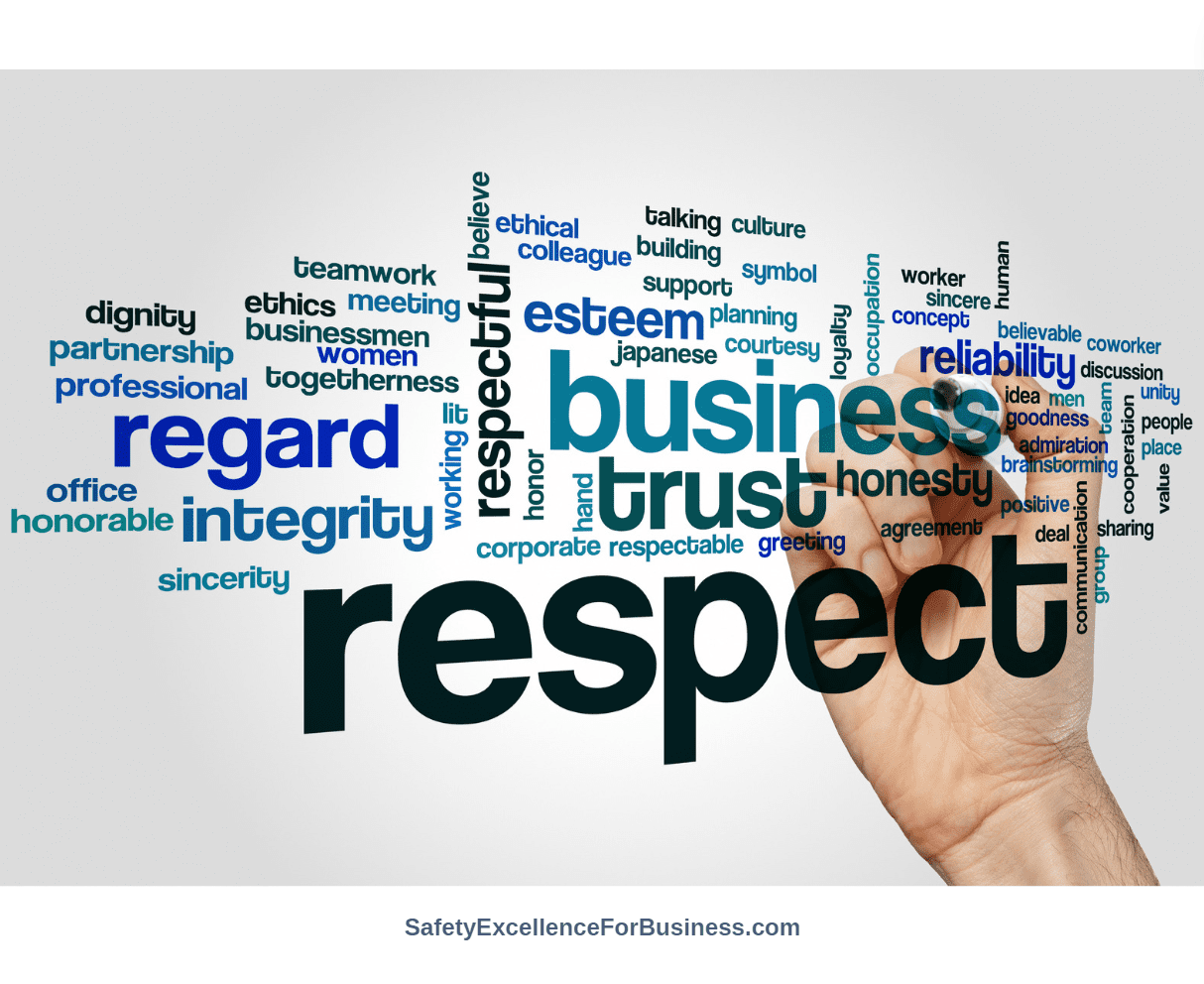
Conclusion
If the whole safety effort was shifted to treating people with respect, listening and learning together and doing what makes sense, there would be a huge improvement in total safety and a lot fewer people getting injured and killed.
Is the effort to build trust, learn to treat people with respect, to listen more carefully, to build on each other’s good ideas too high a price for saving many, many lives?
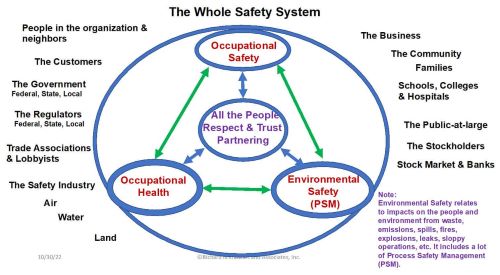
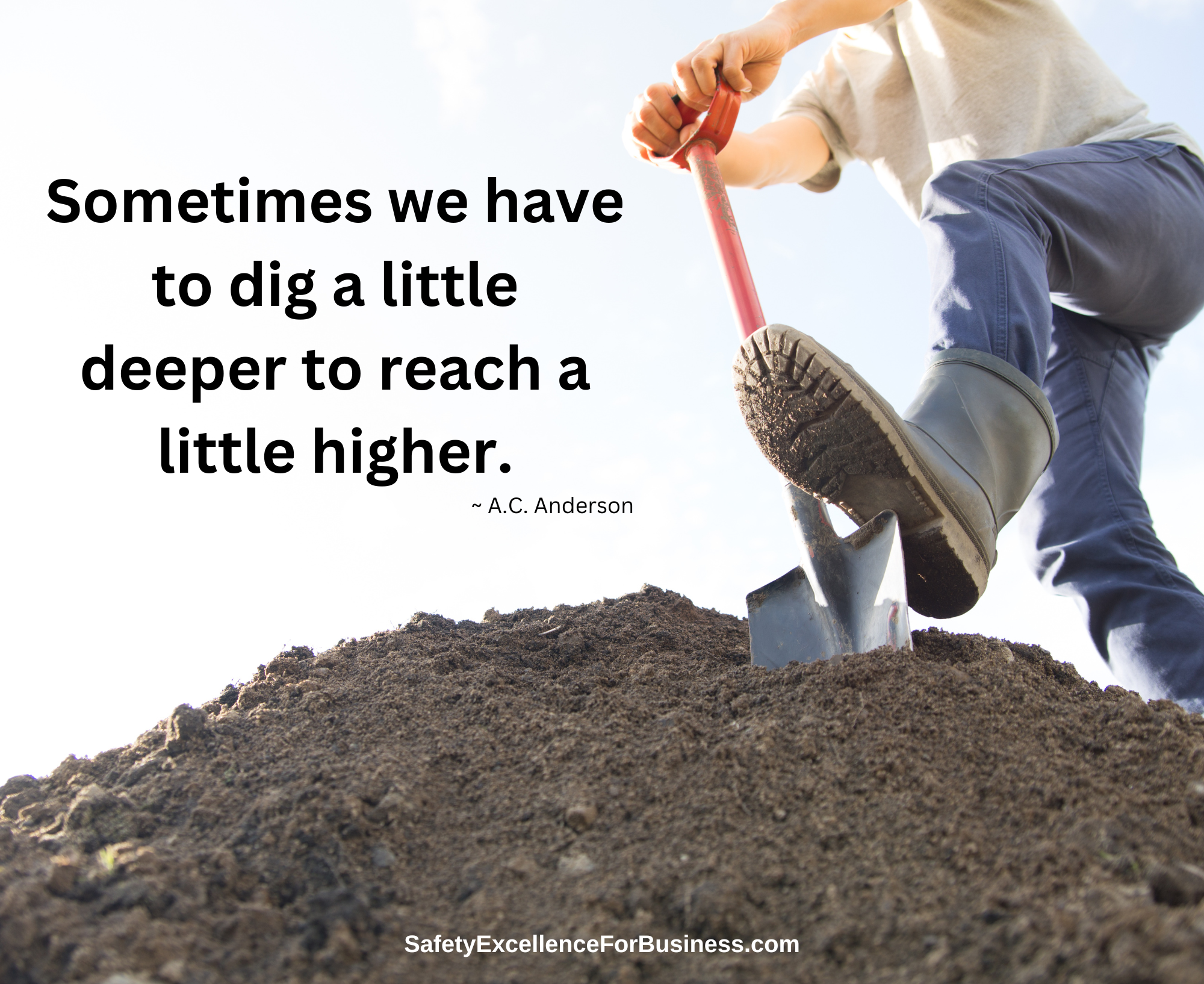
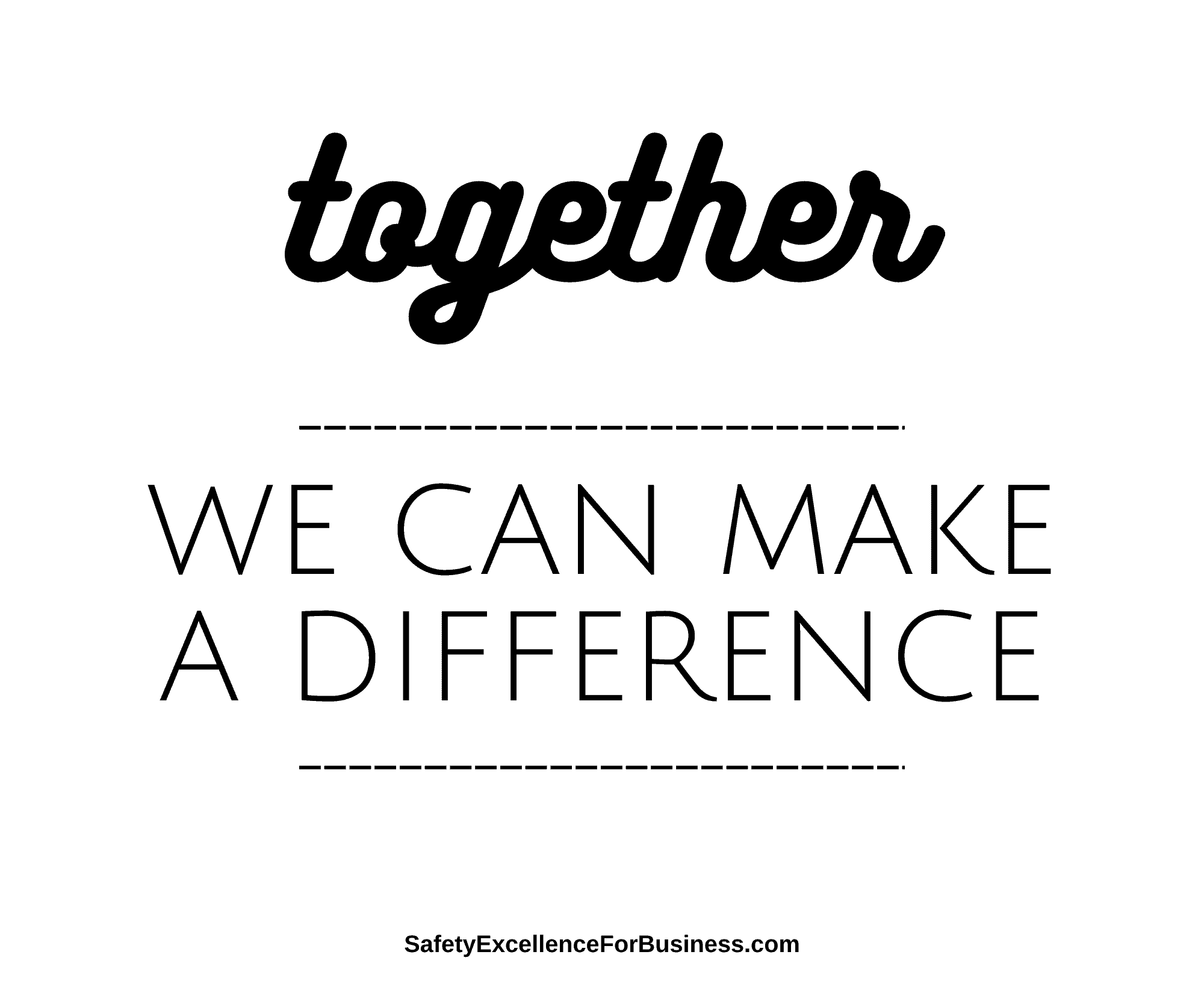
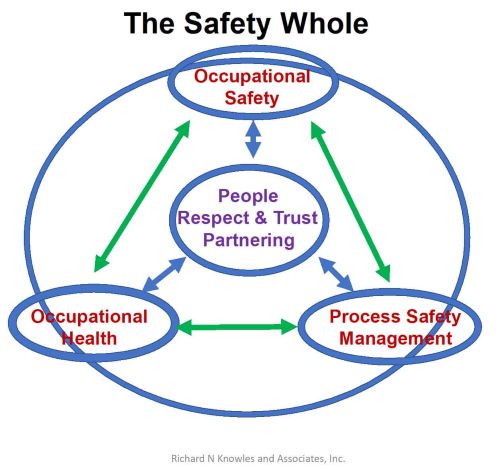
 A review of the Bureau of Labor Statics summary of fatal occupational injuries for 2011-2017 shows a 1% drop in fatalities from 2016 to 2017 to a total of 5,147 people having lost their lives at work. This is about 9% higher than the 4,693 people killed in 2011. The top three 2017 fatalities categories are roadway accidents totaling 1,299 (up 15% since 2011); slips, trips and falls totaling 887 (up 23% since 2011); and murders and suicides totaling 733 (up by only 2% since 2011).
A review of the Bureau of Labor Statics summary of fatal occupational injuries for 2011-2017 shows a 1% drop in fatalities from 2016 to 2017 to a total of 5,147 people having lost their lives at work. This is about 9% higher than the 4,693 people killed in 2011. The top three 2017 fatalities categories are roadway accidents totaling 1,299 (up 15% since 2011); slips, trips and falls totaling 887 (up 23% since 2011); and murders and suicides totaling 733 (up by only 2% since 2011).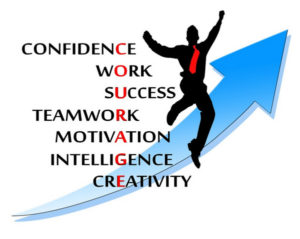 We need courageous leaders who focus on the people, change and the future. Leaders value sharing information, building trust and interdependence, and helping people to see how their job is important for the success of the whole venture.
We need courageous leaders who focus on the people, change and the future. Leaders value sharing information, building trust and interdependence, and helping people to see how their job is important for the success of the whole venture.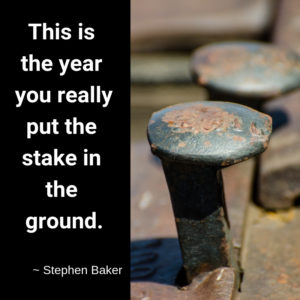 Go into your organizations listening to and talking with the people. Share your vision. Build trust and interdependence. Create safe spaces for people to talk with each other, to share and create the future. Everything will change. That is what I experienced at the Belle Plant.
Go into your organizations listening to and talking with the people. Share your vision. Build trust and interdependence. Create safe spaces for people to talk with each other, to share and create the future. Everything will change. That is what I experienced at the Belle Plant.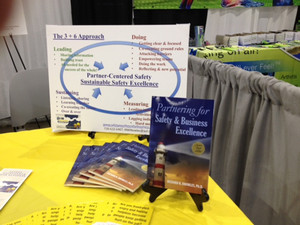 At our exhibit booth, Claire and I shared our Partner-Centered Leadership approach. We handed out brochures and other literature that can help organization’s achieve safety excellence and move towards their OSHA Star designation. We were there to share important information, including the need to be able to lift up and address one’s safety elephants that are preventing organizations from being the best they can be.
At our exhibit booth, Claire and I shared our Partner-Centered Leadership approach. We handed out brochures and other literature that can help organization’s achieve safety excellence and move towards their OSHA Star designation. We were there to share important information, including the need to be able to lift up and address one’s safety elephants that are preventing organizations from being the best they can be. The keys for addressing both of these concerns in building sustainability into their programs and in achieving the OSHA Star status is for the people at all levels and parts of the organization to talk together to get clear and aligned on just what they really want to do. How sincere and authentic is the desire to have safety excellence for the long-term? (This means Communication with a Capital C—requiring Co-creation, Clarity and Coherence.) In addition, together they must take the time to co-create a set of ground rules about how they agree to work together in order to achieve their safety goals and then hold each other accountable to live up to them. (That’s Partnership and Commitment!) The process to achieve this is available to you and your organizations now.
The keys for addressing both of these concerns in building sustainability into their programs and in achieving the OSHA Star status is for the people at all levels and parts of the organization to talk together to get clear and aligned on just what they really want to do. How sincere and authentic is the desire to have safety excellence for the long-term? (This means Communication with a Capital C—requiring Co-creation, Clarity and Coherence.) In addition, together they must take the time to co-create a set of ground rules about how they agree to work together in order to achieve their safety goals and then hold each other accountable to live up to them. (That’s Partnership and Commitment!) The process to achieve this is available to you and your organizations now.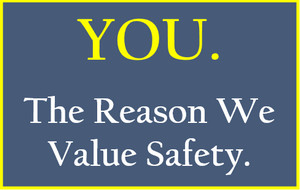 This is all about having everyone go home in one piece and having a profitable business. Excellence in both the safety performance and business results are attainable.
This is all about having everyone go home in one piece and having a profitable business. Excellence in both the safety performance and business results are attainable. Talking together is one of the most important things we can do to help to improve the safety in our workplaces. Letting people know that you care about them and respect them. But too many times I have seen supervisors and managers talking down to their employees ordering them to do this or that.
Talking together is one of the most important things we can do to help to improve the safety in our workplaces. Letting people know that you care about them and respect them. But too many times I have seen supervisors and managers talking down to their employees ordering them to do this or that.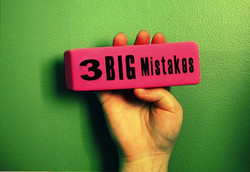 In reading the various, publicly-available reports, it looks as if all three of these big mistakes were probably made. The push for production was dominant, piping changes had been made without documentation, the safety procedures were modified or ignored, operating problems were not properly addressed and tolerated, previous practices allowed the draining of small quantities of material right into the room, and the communications were such that people probably could not or would not tell their management, who probably were not listening anyway, all the problems.
In reading the various, publicly-available reports, it looks as if all three of these big mistakes were probably made. The push for production was dominant, piping changes had been made without documentation, the safety procedures were modified or ignored, operating problems were not properly addressed and tolerated, previous practices allowed the draining of small quantities of material right into the room, and the communications were such that people probably could not or would not tell their management, who probably were not listening anyway, all the problems. At a recent safety conference I learned about a way to quickly assess whether a manufacturing site was cutting corners and trying to get by on less than the best. The person speaking, Ewan Alexander of BHP Billiton, said that he looked for improvised tools being used.
At a recent safety conference I learned about a way to quickly assess whether a manufacturing site was cutting corners and trying to get by on less than the best. The person speaking, Ewan Alexander of BHP Billiton, said that he looked for improvised tools being used.  Each of us, as we travel to and from our work spaces want to be “safe and sound”—we want to return at the end of the day or at the end of our work-shift to our loved ones—safe and sound.
Each of us, as we travel to and from our work spaces want to be “safe and sound”—we want to return at the end of the day or at the end of our work-shift to our loved ones—safe and sound.  There are three main aspects to Partner-Centered Safety.
There are three main aspects to Partner-Centered Safety.




